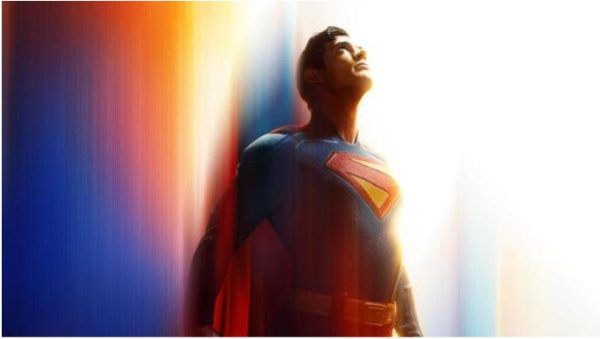The history of the Vice Presidency and the impact
While people may think the vice president is just in the shadows. Their role is pretty significant.
The vice presidency in the 20th century has become a robust consequential position, but it hadn’t always been that way, according to to Joel Goldstein, Professor of Law Emeritus at the St. Louis University School of Law and author of the book, “The White House Vice Presidency: The Path to Significance, Mondale to Biden.”
Political journalist Jules Witcover, author of “The American Vice Presidency: From Irrelevance to Power” says that vice presidents in the past served for years with no significance on their position because of two constitutional functions they served. Replace the president in the event of death, disability or resignation and to preside over the Senate.
“Vice presidents didn’t have any duties in the executive branch, and in fact were considered part of the legislative branch for the purposes of salary,” Witcover said. “Presidents were uninclined or unwilling to delegate governing roles to them, and the office was not often sought after.”
As time passed and in 1953, when Richard Nixon was vice president, the vice presidency moved into the executive branch. The United States was playing a role in the world that was bigger than before, and people were looking toward the president for leadership. This led to Vice President Nixon to take on roles for President Eisenhower.The roles included taking foreign trips, chaired domestic commissions, political work for the Republican party and was an administrative spokesperson.
A big reason for the vice president to move into the executive branch was the nuclear age.
“It was important that the next person in line of succession be knowledgeable,” Goldstein said.
“When president Roosevelt died, nobody told President Truman about the Manhattan Project to build an atomic bomb, and wasn’t told until after he became president.”
After the Manhattan Project, it was decided that the vice president needed to be more involved with the president.
It wasn’t until 1977, when Walter Mondale was the vice president, the duties changed. President Jimmy Carter began giving Mondale access to his meetings, any documents he received, and included the vice president’s staff. This led to the vice president becoming an advisor for the president. This became known as the Mondale Model, and offices have followed this model for years.
“What the vice president does still depends on the president’s leadership style, the strengths and weaknesses of each vice president,” Goldstein said.
The vice president plays an important role because they voice the campaign of the president to be, express why the president on their ticket is the best, and attack the opposing ticket by explaining why they wouldn’t be the best for America.
“The selection of the vice presidential candidate sends messages about the presidential candidates that shape perceptions of the presidential candidate, their values, their decision-making, ability, and it may make a difference at the margins,” Goldstein said.
The vice president also has the chance of succession. If something happens to the president, it has happened nine times in the past.
It’s important to note that the vice president isn’t just a stand alone in the background, but someone who could become president.







